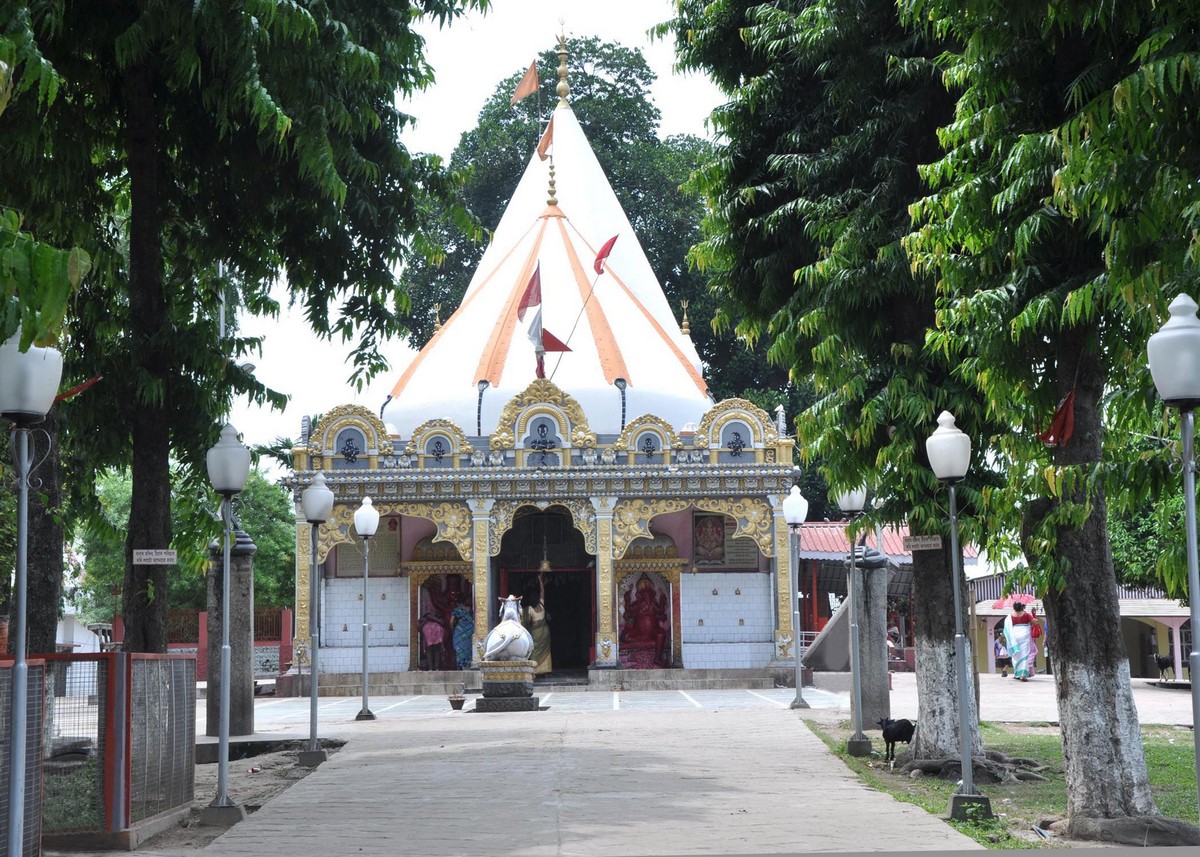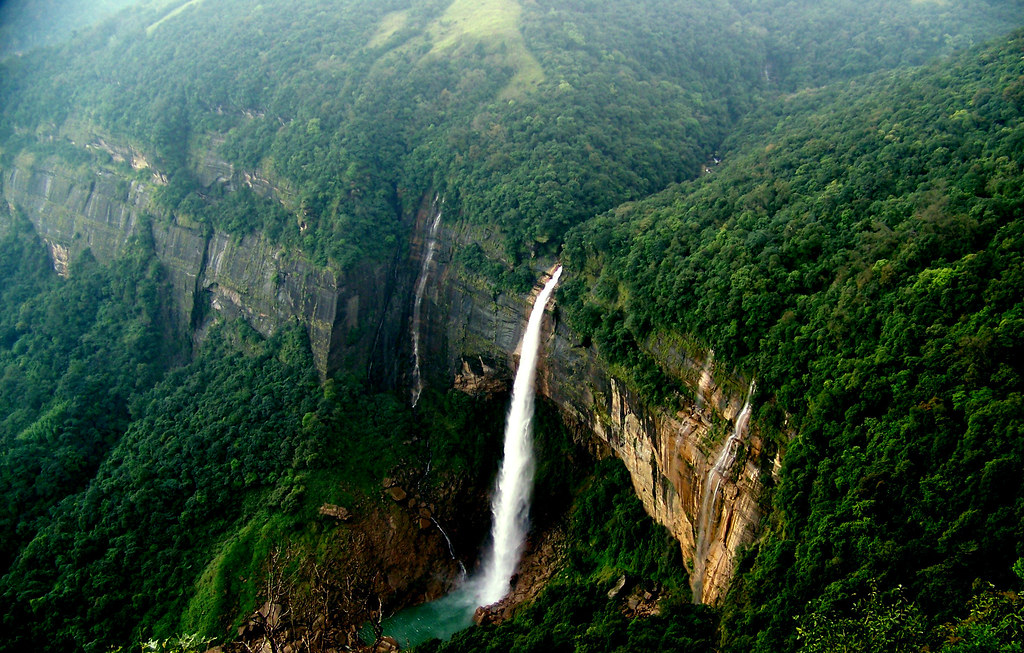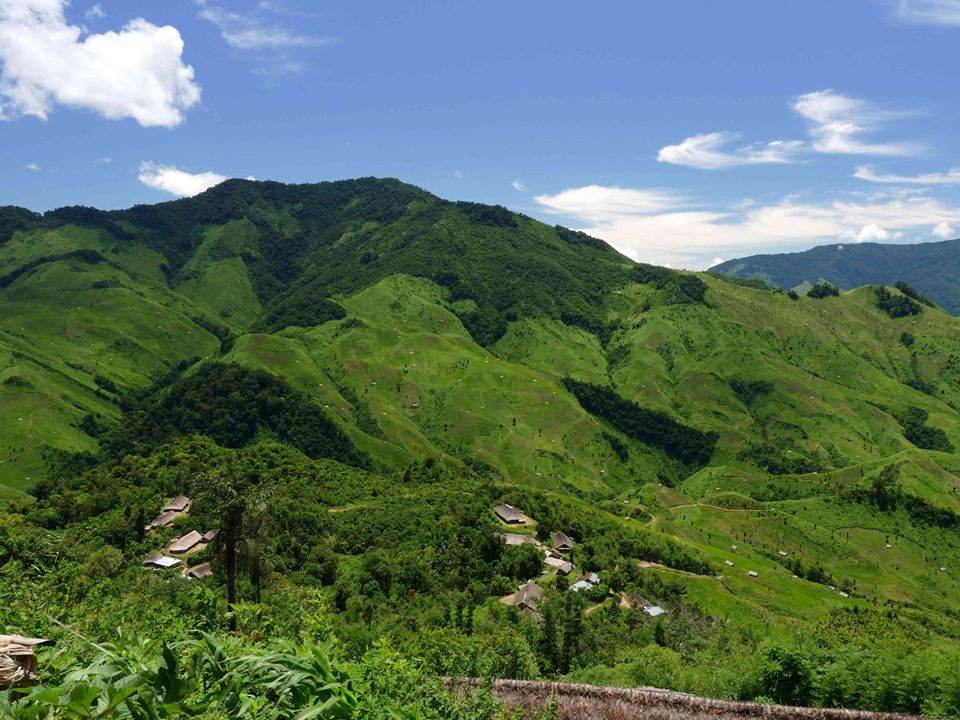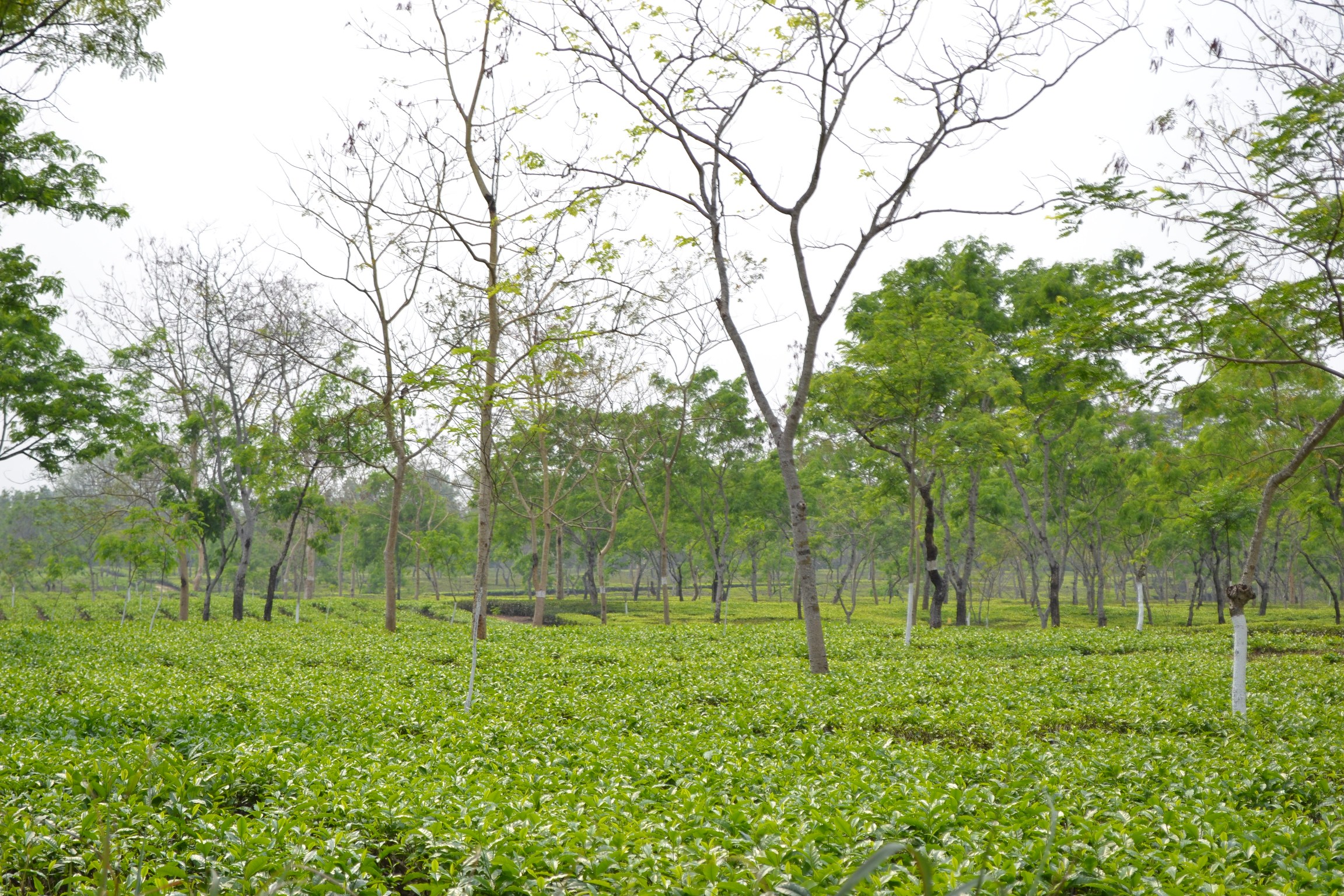About Guwahati, Assam
Guwahati, the largest city in the northeastern state of Assam, India, is a vibrant metropolis nestled on the banks of the Brahmaputra River. Known as the “Gateway to the Northeast,” Guwahati serves as the region’s economic, cultural, and educational hub. Steeped in history, the city is home to ancient temples, such as the Kamakhya Temple, a major pilgrimage site. With a mix of traditional and modern influences, Guwahati boasts a lively atmosphere, bustling markets, and a diverse culinary scene. The city also features landmarks like the Assam State Museum and the Guwahati Planetarium, reflecting its rich heritage and commitment to education. The Brahmaputra River, flowing majestically through the city, adds to the scenic beauty and offers opportunities for riverfront activities. Guwahati’s strategic location and growing infrastructure make it a pivotal center for trade and commerce in the Northeast, contributing to its significance in the overall development of the region.
Location
Guwahati, the largest city in the northeastern state of Assam, India, is situated on the south bank of the Brahmaputra River. Positioned between the picturesque hills of the eastern flanks of the Himalayan mountain range and the vast plains of the Brahmaputra Valley, Guwahati serves as the gateway to the enchanting northeastern region. This bustling metropolis is not only the political and cultural capital of Assam but also a vital hub for trade, commerce, and education in the region. With its rich history, diverse culture, and vibrant landscapes, Guwahati holds a prominent place in the heart of Assam and continues to be a significant center for both locals and visitors alike.
Best Time to Visit
The best time to visit Guwahati, Assam, is generally during the winter months, from October to March. During this period, the weather is pleasant with temperatures ranging from 10 to 25 degrees Celsius, making it comfortable for outdoor activities and sightseeing. The monsoon season, from June to September, should be avoided as heavy rains can lead to flooding and transportation disruptions. The summer months, from April to June, can be hot and humid, but if you can tolerate the heat, it’s also a viable time to explore the city. However, to experience the cultural vibrancy of Guwahati, it’s advisable to plan your visit during festivals like Bihu (April) or Durga Puja (September-October) when the city comes alive with traditional celebrations.
How to Reach
Guwahati, the capital city of Assam, is well-connected by air, rail, and road. Lokpriya Gopinath Bordoloi International Airport serves as the primary gateway, with regular flights connecting major cities in India. The city is also a major railway hub, and the Guwahati Railway Station is linked to various parts of the country through an extensive rail network. For those opting for road travel, National Highways NH27 and NH17 provide smooth connectivity. Additionally, state-run and private buses operate within Assam, facilitating convenient road transport. Guwahati’s strategic location in the northeastern region makes it accessible by multiple modes of transportation, offering travelers flexibility and ease in reaching this vibrant city.
Things to do
Begin your exploration with the iconic Kamakhya Temple, perched atop Nilachal Hill, to experience spiritual serenity and breathtaking views of the Brahmaputra River. Immerse yourself in Assamese culture at the Assam State Museum, showcasing an impressive collection of artifacts, manuscripts, and traditional crafts. Take a leisurely boat cruise on the Brahmaputra to witness the city’s picturesque landscapes, and don’t miss the Umananda Island, home to the Umananda Temple. For wildlife enthusiasts, a visit to the Assam State Zoo and Botanical Garden is a must, where you can encounter diverse flora and fauna. Additionally, explore the bustling markets like Fancy Bazaar for local handicrafts, textiles, and delicious street food, embracing the lively atmosphere of this enchanting city.
FAQs
Q: What is the best time to visit Guwahati, Assam?
A: The ideal time to visit Guwahati is during the winter months from October to March when the weather is pleasant, and outdoor activities can be enjoyed comfortably.
Q: How can one reach Guwahati by air?
A: Guwahati is well-connected by Lokpriya Gopinath Bordoloi International Airport, serving domestic and a few international flights, making it easily accessible from major cities.
Q: What are the main attractions in Guwahati?
A: Key attractions in Guwahati include the Kamakhya Temple, Assam State Zoo and Botanical Garden, Umananda Island, Assam State Museum, and the Brahmaputra River for scenic boat cruises.
Q: Are there any wildlife sanctuaries near Guwahati?
A: Yes, the Pobitora Wildlife Sanctuary, known for its dense population of Indian one-horned rhinoceros, is a short drive away from Guwahati and offers a unique wildlife experience.
Q: Which festivals are celebrated with fervor in Guwahati?
A: Bihu, the traditional Assamese festival, is celebrated with great enthusiasm in Guwahati, featuring vibrant cultural performances, traditional dances, and feasts.
Q: What is the local cuisine of Guwahati?
A: Assamese cuisine, with its emphasis on rice and fish, is prevalent in Guwahati. Must-try dishes include Assam Laksa, Assam Tea, and various bamboo shoot-based delicacies.
Q: How can one explore the Brahmaputra River in Guwahati?
A: Visitors can enjoy boat cruises on the Brahmaputra, offering panoramic views of the city. Sunset cruises and ferry rides to Umananda Island are popular choices.
Q: Are there any shopping areas in Guwahati?
A: Yes, Fancy Bazaar is a bustling market in Guwahati known for its diverse array of shops offering traditional Assamese handicrafts, textiles, and local street food.
Q: What religious significance does Kamakhya Temple hold?
A: Kamakhya Temple, dedicated to the goddess Kamakhya, is a revered Hindu pilgrimage site. It is believed to be one of the Shakti Peethas, where the goddess’s womb and genitals are said to have fallen.
Q: Are there any day trips from Guwahati worth exploring?
A: Day trips to Hajo, renowned for its diverse religious monuments, and Sualkuchi, the silk village, are popular options for those looking to explore the cultural and historical richness surrounding Guwahati.





